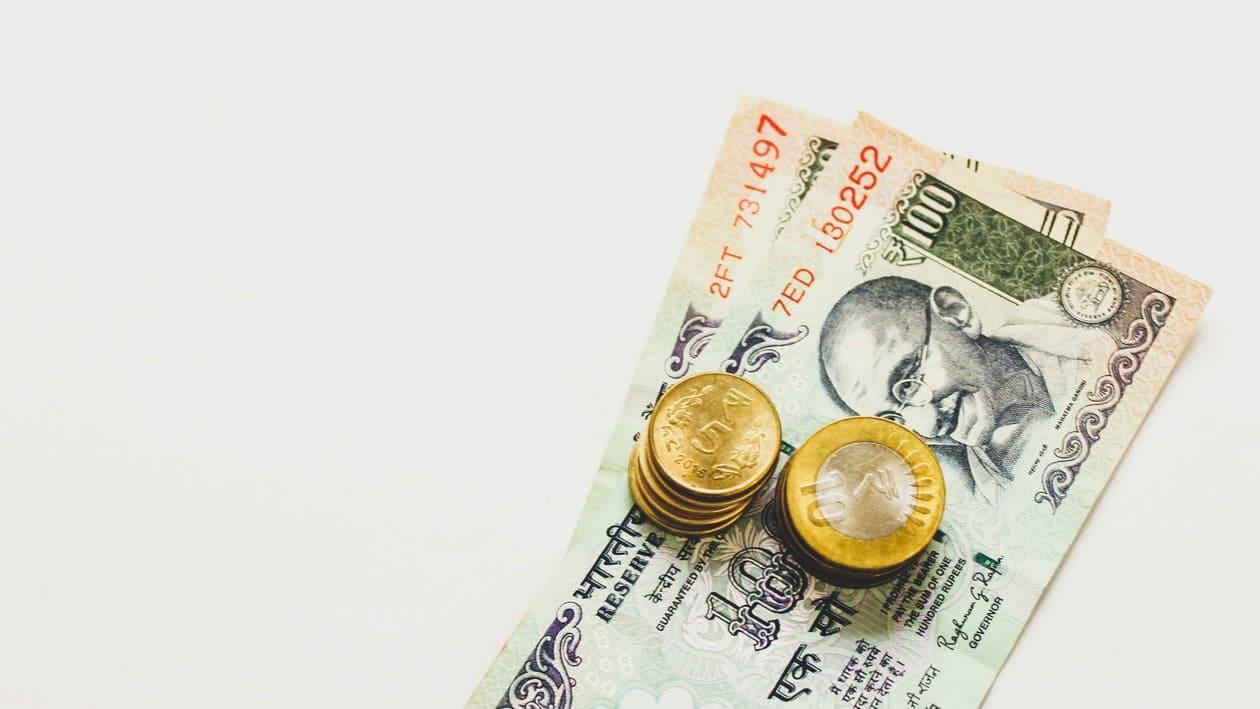This might be the most common statement when it comes to managing finances, ‘make a budget if you want to get your finances under control.’ There are a plethora of budgeting choices available. Some people concentrate on envelopes, while others concentrate on percentages, and yet others on spending habits. The key is to pick one that suits your needs. Reverse budgeting is one possible budgeting strategy.
What is reverse budgeting?
Paying yourself first and working out the remainder of your budget with what's left over is what reverse budgeting is all about. Essentially, you start by putting your money into savings and investing. After that, you pay your bills and use whatever money is left over to cover your essential expenses.
It's all about prioritising investing and conserving over everything else. Of course, this does not imply that you should forego fundamental necessities such as accommodation and food.
Who should use reverse budgeting?
This budgeting method is great for persons who have trouble saving money at the end of the month. It's also beneficial for folks who are trying to remain on top of their expenses because it causes you to consider whether all of your spending habits are in your best interests.
You won't have to worry about not completing your savings objectives before your next paycheck if you prioritise your savings and needs before your wants.
READ MORE: How to ensure a future income from budgeting?
How does reverse budgeting work?
The essential question here is, how does reverse budgeting actually work and what exactly needs to be done to achieve it. Let’s find out.
Assess your spending/expenditure
Assessing your spending habits is the first step in any budget. Make a list of all the details. What are the costs of your fundamental necessities, such as housing and transportation? What percentage of your income do you spend on groceries?
Do you eat out frequently or shop a lot? What about school loans and credit cards, for example? Remember to include your short- and long-term financial objectives. Are you looking to purchase a home or a new vehicle?
Knowing how much money you spend and what your goals are will assist you decide how and where you spend it.
Decide how much to set aside
You can begin to create a budget now that you know how much you spend and what your objectives are. How close are you to achieving your objectives?
Determine how much money you'll need to achieve your objectives. How much money can you save each month? Aim for an amount that is both practical and allows you to pay your bills while still having money left over to do things you enjoy.
Bills payment is essential
It's time to pay your expenses after you've established how much you'd like to put aside each month for your savings and investing goals. How much do you really spend each month? Monthly subscriptions, for example, should be included. It's also a good opportunity to consider if you actually need such subscriptions. After you've paid all of your payments, you'll be able to determine how much money you may set aside each month.
Investment on self is the way to go
Invest in yourself first when you get your next salary. First and foremost, put money into your savings and investment accounts. If you've completed steps one through three, you should have a good idea of how much money you can set aside.
Pay your payments and save the rest of your money for something fun, like a dinner with friends or a new top.
The best part of reverse budgeting is that you don't have to feel guilty about spending that extra money because you've already put money in your savings account and paid your bills!
Adapt and Adjust
You may discover that you're setting aside too much or not enough money. That's fine! No one is flawless, and I, too, occasionally go over budget. Make any necessary adjustments to your budget.
Some months may be simpler to save than others; for example, you may opt not to put as much money aside in December to pay for Christmas purchases. Just keep striving to make investing in yourself a priority and don't give up.
The advantages and disadvantages of reverse budgeting
Advantages
When compared to other budgeting methods, such as zero-based budgeting, the pay-yourself-first method requires less maintenance. It doesn't necessitate categorising all of your expenses or keeping meticulous records of your spending.
It can also help you focus on the big picture and avoid making rash decisions. People who save first have less money to spend and are more likely to spend it on items they need or value.
Disadvantages
Prioritising money over other objectives isn't always the wisest financial decision. If you have hazardous debt, such as a high-interest credit card amount, we recommend paying it off first before saving for a vacation or a new automobile. To deal with this, designating your loan payments as savings might also work.
Reverse budgeting is a method of budgeting that prioritises paying yourself first. It's simple to go ahead when you prioritise your investment and savings goals over anything else. However, it is not for everyone. Still, reverse budgeting is one of several budgeting choices to consider, and it's one worth pursuing.
